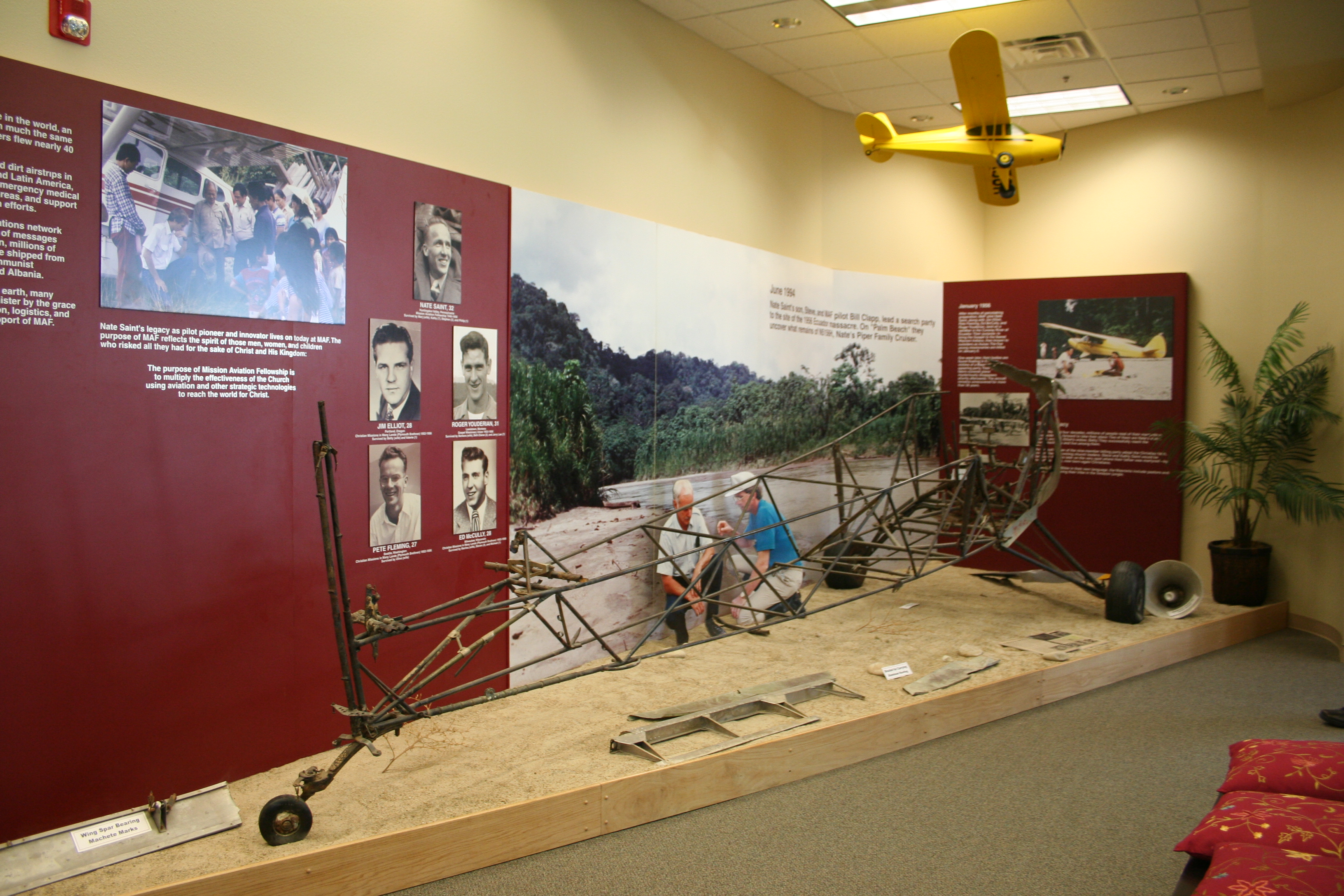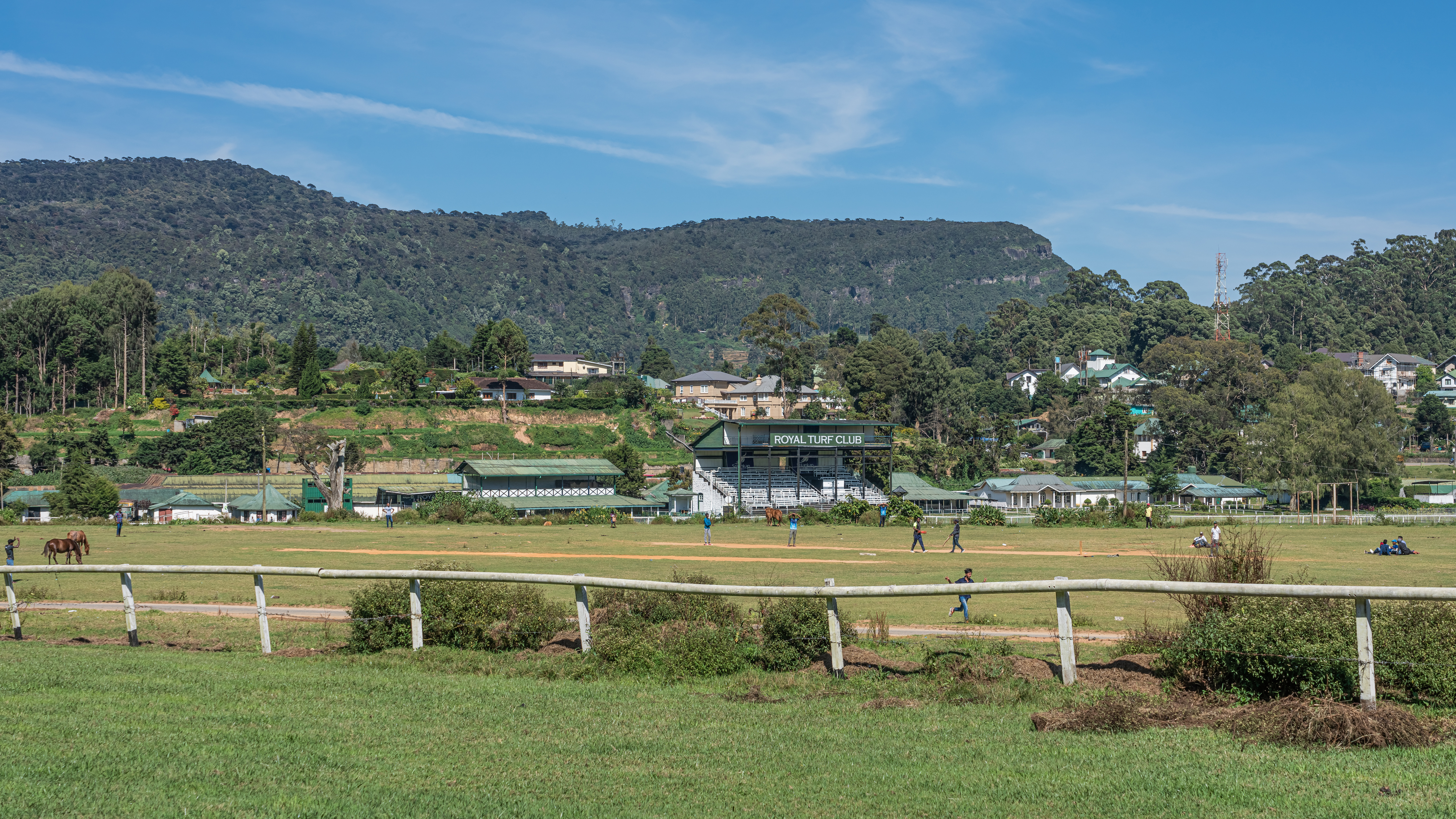|
Tari, Papua New Guinea
Tari is the capital of the Tari-Pori District and is the centre of Huli country in the Hela Province of Papua New Guinea. It is the second largest settlement in the province, and accessible by road from Mendi. The town is administered under Tari Urban LLG. Climate Tari has a subtropical highland climate ( Köppen ''Cfb'') with heavy rainfall and mild to warm temperatures year-round. Aviation accidents A Cessna 206 aircraft operated by Missionary Aviation Fellowship Mission Aviation Fellowship (MAF) is a Christian organization that provides aviation, communications, and learning technology services to more than 1,000 Christian and humanitarian agencies, as well as thousands of isolated missionaries and ind ... crashed close to Tari on March 23, 2006, killing its pilot and injuring 3 passengers. The pilot was a 42-year Swiss man who had been in PNG with the Swiss Mission for 12 years, and left a wife and four children behind. The pilot had reportedly entered the circu ... [...More Info...] [...Related Items...] OR: [Wikipedia] [Google] [Baidu] |
Papua New Guinea
Papua New Guinea (abbreviated PNG; , ; tpi, Papua Niugini; ho, Papua Niu Gini), officially the Independent State of Papua New Guinea ( tpi, Independen Stet bilong Papua Niugini; ho, Independen Stet bilong Papua Niu Gini), is a country in Oceania that comprises the eastern half of the island of New Guinea and its offshore islands in Melanesia (a region of the southwestern Pacific Ocean north of Australia). Its capital, located along its southeastern coast, is Port Moresby. The country is the world's third largest island country, with an area of . At the national level, after being ruled by three external powers since 1884, including nearly 60 years of Australian administration starting during World War I, Papua New Guinea established its sovereignty in 1975. It became an independent Commonwealth realm in 1975 with Elizabeth II as its queen. It also became a member of the Commonwealth of Nations in its own right. There are 839 known languages of Papua New Guinea, on ... [...More Info...] [...Related Items...] OR: [Wikipedia] [Google] [Baidu] |
Tari-Pori District
Tari-Pori District is a district of the Hela Province of Papua New Guinea Papua New Guinea (abbreviated PNG; , ; tpi, Papua Niugini; ho, Papua Niu Gini), officially the Independent State of Papua New Guinea ( tpi, Independen Stet bilong Papua Niugini; ho, Independen Stet bilong Papua Niu Gini), is a country i .... Its capital is Tari. The population was 83,076 at the 2011 census. at statoids.com References Districts of Papua New Guinea Hela Province {{HelaProvince-geo-stub ...[...More Info...] [...Related Items...] OR: [Wikipedia] [Google] [Baidu] |
Landsat
The Landsat program is the longest-running enterprise for acquisition of satellite imagery of Earth. It is a joint NASA / USGS program. On 23 July 1972, the Earth Resources Technology Satellite was launched. This was eventually renamed to Landsat 1 in 1975. The most recent, Landsat 9, was launched on 27 September 2021. The instruments on the Landsat satellites have acquired millions of images. The images, archived in the United States and at Landsat receiving stations around the world, are a unique resource for global change research and applications in agriculture, cartography, geology, forestry, regional planning, surveillance and education, and can be viewed through the U.S. Geological Survey (USGS) "EarthExplorer" website. Landsat 7 data has eight spectral bands with spatial resolutions ranging from ; the temporal resolution is 16 days. Landsat images are usually divided into scenes for easy downloading. Each Landsat scene is about 115 miles long and 115 miles wi ... [...More Info...] [...Related Items...] OR: [Wikipedia] [Google] [Baidu] |
NASA
The National Aeronautics and Space Administration (NASA ) is an independent agency of the US federal government responsible for the civil space program, aeronautics research, and space research. NASA was established in 1958, succeeding the National Advisory Committee for Aeronautics (NACA), to give the U.S. space development effort a distinctly civilian orientation, emphasizing peaceful applications in space science. NASA has since led most American space exploration, including Project Mercury, Project Gemini, the 1968-1972 Apollo Moon landing missions, the Skylab space station, and the Space Shuttle. NASA supports the International Space Station and oversees the development of the Orion spacecraft and the Space Launch System for the crewed lunar Artemis program, Commercial Crew spacecraft, and the planned Lunar Gateway space station. The agency is also responsible for the Launch Services Program, which provides oversight of launch operations and countdown m ... [...More Info...] [...Related Items...] OR: [Wikipedia] [Google] [Baidu] |
Missionary Aviation Fellowship
Mission Aviation Fellowship (MAF) is a Christian organization that provides aviation, communications, and learning technology services to more than 1,000 Christian and humanitarian agencies, as well as thousands of isolated missionaries and indigenous villagers in the world's most remote areas. There are three major operational centers – Nampa, Idaho, United States, Ashford, United Kingdom, and Cairns, Australia. These centres provide operational support to programs in the Americas, Africa and Asia Pacific regions. In 2010, MAF served in more than 55 countries, flying 201,710 passengers with a fleet of some 130 aircraft."MAF Fact Sheet 2010", accessed June 22, 2009 from http://www.maf.org/about. History MAF began with several World War II pilots who had a vision for how aviation could be used to spread the Christian faith. After the War, Jim Truxton of the U.S., Murray Kendon in the United Kingdom, and Edwin Hartwig of Australia, with the support of like-minded Christi ... [...More Info...] [...Related Items...] OR: [Wikipedia] [Google] [Baidu] |
Cessna 206
The Cessna 205, 206, and 207, known primarily as the Stationair (and marketed variously as the Super Skywagon, Skywagon and Super Skylane) are a family of single-engined, general aviation aircraft with fixed landing gear, used in commercial air service as well as for personal use. The family was originally developed from the popular retractable-gear Cessna 210 and produced by the Cessna Aircraft Company. The line's combination of a powerful engine, rugged construction and a large cabin has made these aircraft popular bush planes. Cessna describes the 206 as "the sport-utility vehicle of the air." These airplanes are also used for aerial photography, skydiving and other utility purposes. They can also be equipped with floats, amphibious floats and skis. Alternatively, they can be fitted with luxury appointments for use as a personal air transport. From 1962 to 2006 Cessna produced 8,509 aircraft in the 205, 206 and 207 variants. The aircraft remains in production. Developme ... [...More Info...] [...Related Items...] OR: [Wikipedia] [Google] [Baidu] |
Subtropical Highland Climate
An oceanic climate, also known as a marine climate, is the humid temperate climate sub-type in Köppen classification ''Cfb'', typical of west coasts in higher middle latitudes of continents, generally featuring cool summers and mild winters (for their latitude), with a relatively narrow annual temperature range and few extremes of temperature. Oceanic climates can be found in both hemispheres generally between 45 and 63 latitude, most notably in northwestern Europe, northwestern America, as well as New Zealand. Precipitation Locations with oceanic climates tend to feature frequent cloudy conditions with precipitation, low hanging clouds, and frequent fronts and storms. Thunderstorms are normally few, since strong daytime heating and hot and cold air masses meet infrequently in the region. In most areas with an oceanic climate, precipitation comes in the form of rain for the majority of the year. However, some areas with this climate see some snowfall annually during winter. ... [...More Info...] [...Related Items...] OR: [Wikipedia] [Google] [Baidu] |
Tari Urban LLG
Tari Urban LLG a local-level government (LLG) of Tari-Pori District in Hela Province, Papua New Guinea. Wards *01. Piribu *02. Paipali / Piribu 2 *03. Kikita 1 *04. Kikita 2 *06. Kupari *07. Yulubate/Tari 1 *08. Tari 2 / 3 *09. Pai *80. Tari Urban (4) See also *Tari, Papua New Guinea Tari is the capital of the Tari-Pori District and is the centre of Huli country in the Hela Province of Papua New Guinea. It is the second largest settlement in the province, and accessible by road from Mendi. The town is administered under T ... (town) References * * Local-level governments of Hela Province {{HelaProvince-geo-stub ... [...More Info...] [...Related Items...] OR: [Wikipedia] [Google] [Baidu] |
Mendi
Mendi, Papua New Guinea, is the provincial capital of the Southern Highlands Province. The Lai River flows by the town. It is served by Mendi Airport. The town falls under Mendi Urban LLG. Geography The town is located in the Mendi River Valley, above sea level, on the limestone hills from west to east. The Kikori River originates from the mountainous area where Mendi is located, and the Erave and Strickland rivers flow through the Giluwe Mountains, the second highest peak of Papua New Guinea. Climate Köppen-Geiger climate classification system classifies its climate as a subtropical highland climate An oceanic climate, also known as a marine climate, is the humid temperate climate sub-type in Köppen classification ''Cfb'', typical of west coasts in higher middle latitudes of continents, generally featuring cool summers and mild winters ... (''Cfb''). Mendi features cool mornings, warm afternoons and heavy rainfall throughout the year. Economy Mendi's p ... [...More Info...] [...Related Items...] OR: [Wikipedia] [Google] [Baidu] |
Huli People
The Huli are an indigenous Melanesian ethnic group who reside in Hela Province of Papua New Guinea. They speak mainly Huli and Tok Pisin; many also speak some of the surrounding languages, and some also speak English. They are one of the largest cultural groups in Papua New Guinea, numbering over 250,000 people (based on the population of Hela of 249,449 at the time of the 2011 national census)."Papua New Guinea National Population and Housing Census 2011: Final figures", Port Moresby PNG National Statistical Office 2014 The Huli are keenly aware of their history and folk-lore as evidenced in their knowledge of family genealogy and traditions. Unlike many other Highland peoples, they have not relinquished much of their cultural expressions to the new and innovative ways of the colonizers and outsiders who settled to live among them in 1951. They live in the Tagari River basin and on the slopes of the surrounding mountain ranges at an altitude of about 1,600 meters above sea ... [...More Info...] [...Related Items...] OR: [Wikipedia] [Google] [Baidu] |
Oceanic Climate
An oceanic climate, also known as a marine climate, is the humid temperate climate sub-type in Köppen classification ''Cfb'', typical of west coasts in higher middle latitudes of continents, generally featuring cool summers and mild winters (for their latitude), with a relatively narrow annual temperature range and few extremes of temperature. Oceanic climates can be found in both hemispheres generally between 45 and 63 latitude, most notably in northwestern Europe, northwestern America, as well as New Zealand. Precipitation Locations with oceanic climates tend to feature frequent cloudy conditions with precipitation, low hanging clouds, and frequent fronts and storms. Thunderstorms are normally few, since strong daytime heating and hot and cold air masses meet infrequently in the region. In most areas with an oceanic climate, precipitation comes in the form of rain for the majority of the year. However, some areas with this climate see some snowfall annually during winter. ... [...More Info...] [...Related Items...] OR: [Wikipedia] [Google] [Baidu] |
Provinces Of Papua New Guinea
For administrative purposes, Papua New Guinea is divided into administrative divisions called provinces. There are 22 provincial-level divisions, which include 20 provinces, the Autonomous Region of Bougainville, and the National Capital District of Port Moresby. In 2009, the National Parliament of Papua New Guinea created two additional provinces, that officially came into being on 17 May 2012."PNG’S new province Hela, Jiwaka declared" , ''The National'', 17 May 2012 They were Hela Province, which was split from [...More Info...] [...Related Items...] OR: [Wikipedia] [Google] [Baidu] |




